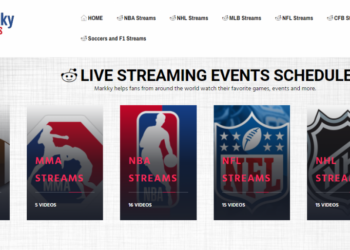Good customer communication should be a priority for every small business. After all, loyal customers are the lifeblood of any enterprise, and communicating with them effectively can help facilitate repeat business and positive word of mouth. So, if your current customer communication practices are lacking, there’s no time like the present to set things right. Small business owners looking for practical communication advice should consider the following pointers.
Offer Individualized Responses
Few customers appreciate receiving generic responses to their inquiries. Such an approach in customer service can often be perceived as disinterested or complacent. While many customer queries may be broadly viewed, it’s vital to recognize that each interaction offers a chance to fortify the customer relationship. An effective measure businesses can adopt is the utilization of a professional caller ID feature. A consistent and identifiable business number ensures that customers recognize who’s calling, enhancing their chances to answer and projecting an image of credibility and professionalism. This practice underscores your dedication to quality communication, reaffirming to your customers the value you place on their feedback.
Respond to Communiques in a Timely Manner
Few things are more frustrating to modern consumers than waiting unreasonably long periods of time for businesses to get back to them. For example, if you submit a pressing question to a business, it’s only natural that you’d expect a timely response. The longer you have to wait, the less valued you’re likely to feel as an individual – and the less likely you’ll be to provide the offending business with your patronage in the future.
Since you wouldn’t appreciate a lack of responsiveness from your favorite businesses, there’s no reason you should subject your customers to such treatment. With this in mind, make an effort to respond to every customer communication you receive during normal business hours before the end of the workday. Should communications come through after-hours, make sure that responding to them is among the first tasks you attend to the following day.
Keep Customers in the Know
It’s important to keep regular patrons informed about the latest developments within your business. This will help prevent them from being blindsided by changes in pricing, altered hours of operation and other important goings-on. Luckily, there are a number of ways for modern businesses to keep customers informed and engaged.
If you haven’t already done so, you should create accounts for your business on the web’s most popular social platforms and update them on a daily basis. Not only will this help keep your regular customers up to date, it can also bring your business’s existence to the attention of scores of prospective patrons. Depending on how large a social media following your business has, you may want to consider hiring a full-time social media manager.
Well-executed texting campaigns are another effective vehicle for informing customers of upcoming changes. Depending on the type of demographic you’re hoping to reach, you may find this route to be even more effective than maintaining an active social media presence.
Exercise Patience with Difficult Patrons
As anyone who’s worked in customer service will tell you, some patrons are much harder to please than others. Needless to say, when dealing with difficult customers, losing your cool is unlikely to serve you well or deescalate the situation. The more patience you exercise with hard-to-please patrons, the more agreeable they’re likely to become. So, whether you’re interacting with a difficult customer in person or via text or email, make an effort to disarm them with patience and kindness.
Your customers are the backbone of your small business, and the way you communicate with them stands to make or break their opinion of you. Fortunately, there’s no shortage of ways for small businesses to communicate with customers these days. Whether you’re looking to connect with customers via phone, text, email or social media, there are plenty of vehicles for getting your message across. So, if your business’s current approach to customer communication leaves something to be desired, now is the time to start rectifying the situation. Using the pointers discussed above, you should be able to communicate with your patrons in an effective and mutually beneficial manner.








